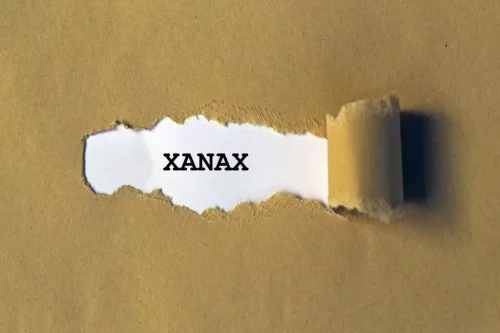
It’s all too easy for a person to find himself or herself feeling untethered, vulnerable, and at risk of developing another addiction. During withdrawal, the individual will often experience uncomfortable, flu-like symptoms including fatigue, body pain, headaches, nausea, and sleeplessness. Other, more dangerous outcomes can also occur during withdrawal, including delirium tremens, a brain condition that can lead to coma or death.
What you will learn
John C. Umhau, MD, MPH, CPE is board-certified in addiction medicine and preventative medicine. For over 20 years Dr. Umhau was a senior clinical investigator at the National Institute on Alcohol Abuse and Alcoholism of the National Institutes of Health (NIH). You can’t be of much help to your loved one if you’re burned out and neglecting your own needs. Show support by asking about new skills they learn or milestones they reach, like creating a fancy dish or participating in a 5K. Even if they direct these emotions toward themselves, their emotional state can affect yours. Try to remember this isn’t necessarily a situation they chose to be in.
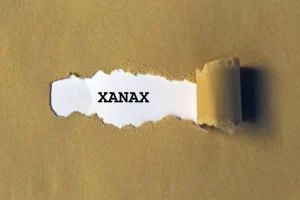
Treatment
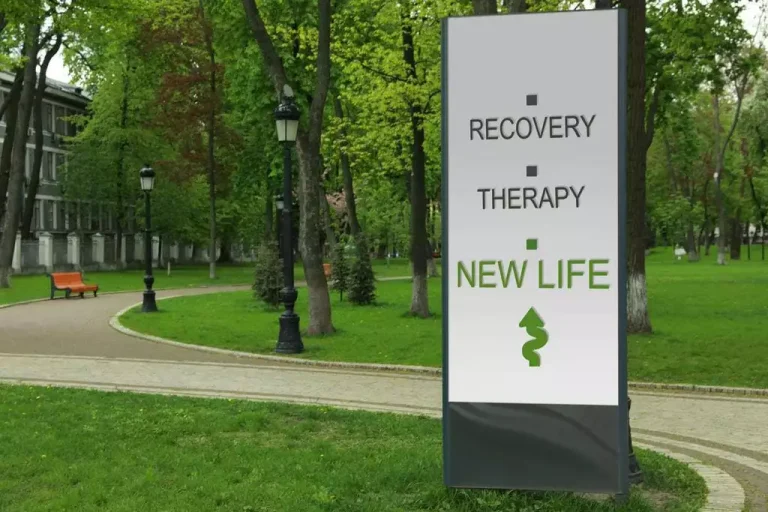
Try to nurture feelings of patience and self-love, especially on the days you feel those emotions the least. Not taking the steps to grow beyond this stage may lead to relapse if a new way of living is not adopted. Unfortunately, stopping alcohol or drug use isn’t all that’s required to recover from addiction.
- In other cases, they may show disinterest in their personal or professional lives or seem just as angry or frustrated as they were when they were drinking.
- Some examples of co-occurring disorders are depression, anxiety, PTSD, and bi-polar disorder.
- These behaviors and emotional concerns can strain your relationships and interactions with others, especially if alcohol use has already had a negative impact on your relationships.
- Stopping alcohol use or other addictive substances is only the first step on the journey to a meaningful, productive, and lasting recovery.
- For example, when an individual regularly consumes alcohol, they cause levels of messenger chemicals called neurotransmitters to increase in the brain.
Lifestyle Quizzes
At Gateway, we recognize the power in numbers, and that’s why we offer recovery support groups in addition to a variety of addiction therapy services. Dry drunk syndrome accompanies the phenomenon known as post-acute withdrawal syndrome or PAWS. Symptoms of PAWS include poor coordination and balance, delayed reflexes, dry drunk syndrome mood swings, depression and dizziness. An individual battling PAWS symptoms may appear to others as if they’re intoxicated when, in fact, they are sober. Dry Drunk Syndrome is a term born out of the Alcoholics Anonymous 12-step program to describe a person who stopped drinking but hasn’t resolved the issues that caused them to drink. Now that you’re no longer drinking, you have a chance to embrace your sober life and redefine your passions.
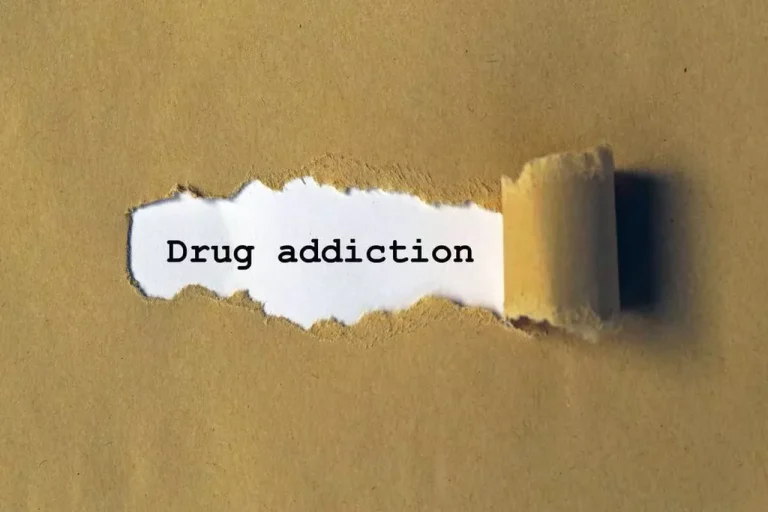
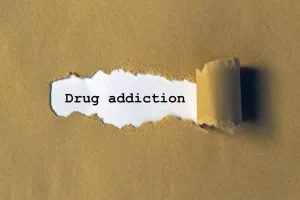
Additionally, you can volunteer for an organisation or help others in recovery on their journey. All of these things offer an opportunity to dive into what makes you feel good and purposeful. This can offer you a sense of hope, direction, and clarity, and guide you in shifting out of dry drunk syndrome. Admitting that you’re struggling and being willing to look inward and face your difficult emotions head-on takes a great deal of strength, but it is the first step towards shifting out of dry drunk syndrome. In lieu of relapsing on the substance of choice, many people can develop secondary addictions when they are experiencing dry drunk syndrome.
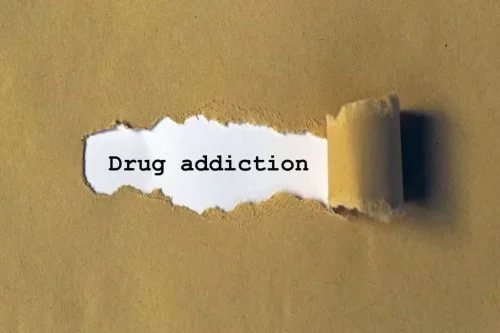
Addiction Destroys Dreams, We Can Help
What this essentially means is that someone who struggled with addiction stopped using substances, but still struggles with behaviours they engaged in before their addiction began. Even if a return to alcohol use does occur, recovery is still very achievable and should not be considered a failure, but instead merely a setback. The Drug rehabilitation risk factors for developing Dry Drunk Syndrome will vary, but there are some common circumstances that can exacerbate it. A person dealing with side effects of PAWS actually may look like he’s intoxicated even though he’s been totally abstinent (which explains where the term « dry drunk » may come from).
If someone you know is exhibiting the symptoms of dry drunk syndrome, encourage them to continue treatment. Dry drunk syndrome can sometimes make those in recovery feel like they failed, and these feelings may cause them to slow their treatment efforts or even quit altogether. It’s also crucial to identify and manage other mental health issues like depression, anxiety, PTSD, or anything else that may have sparked a relationship to alcohol as a coping mechanism. Unfortunately, dry drunk syndrome impacts many people in recovery each year.

Commentaires récents